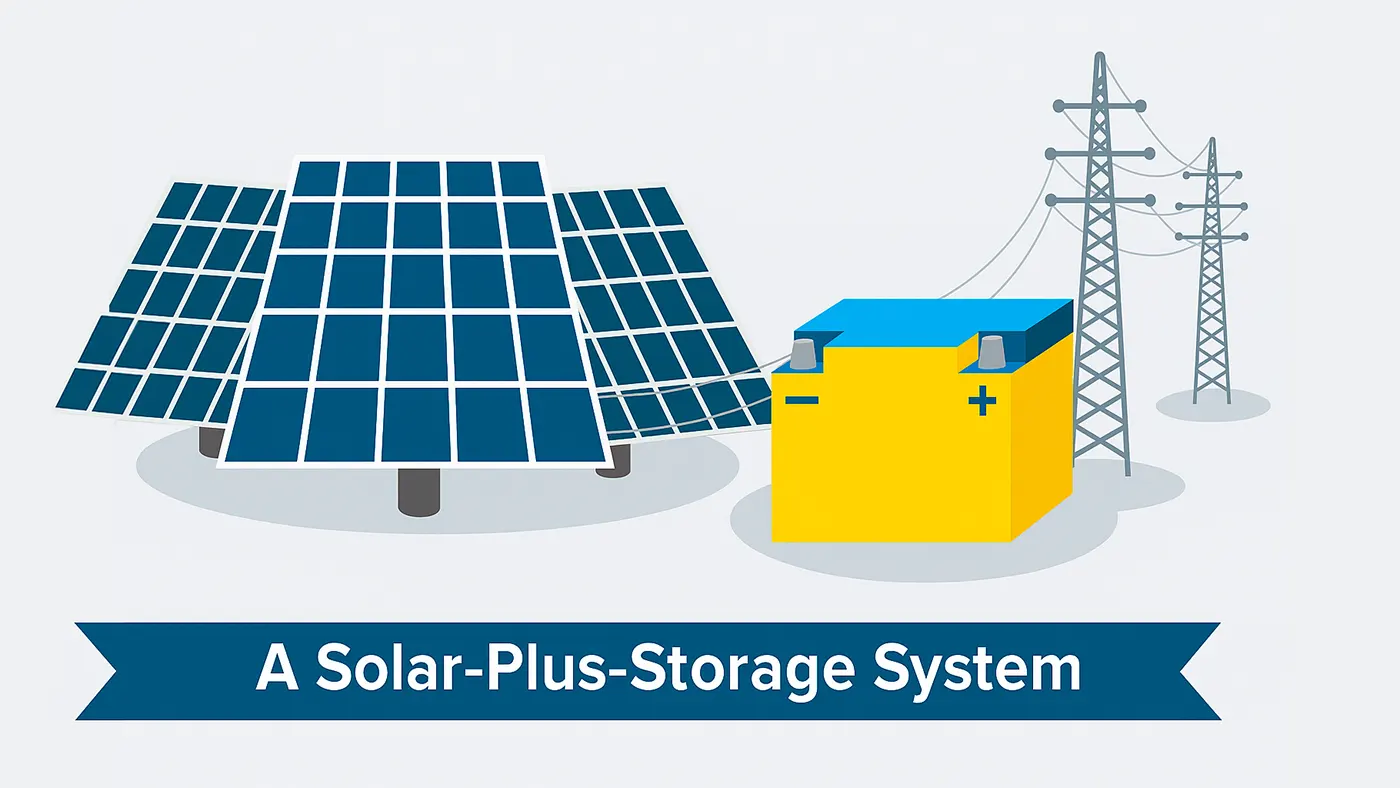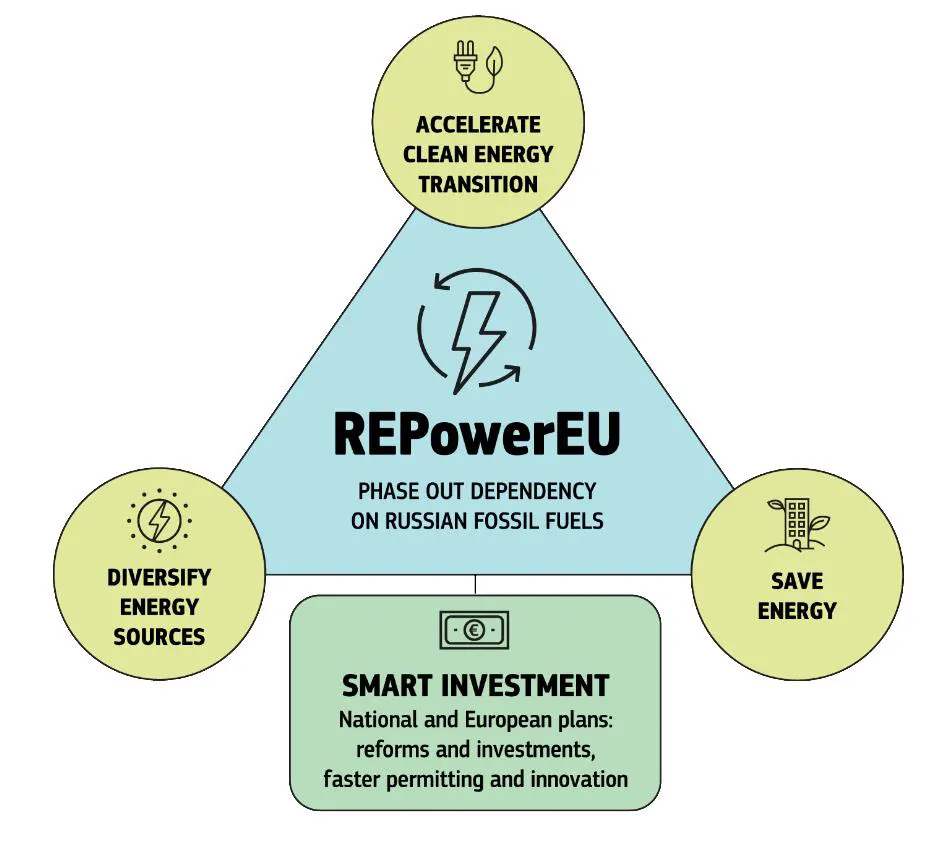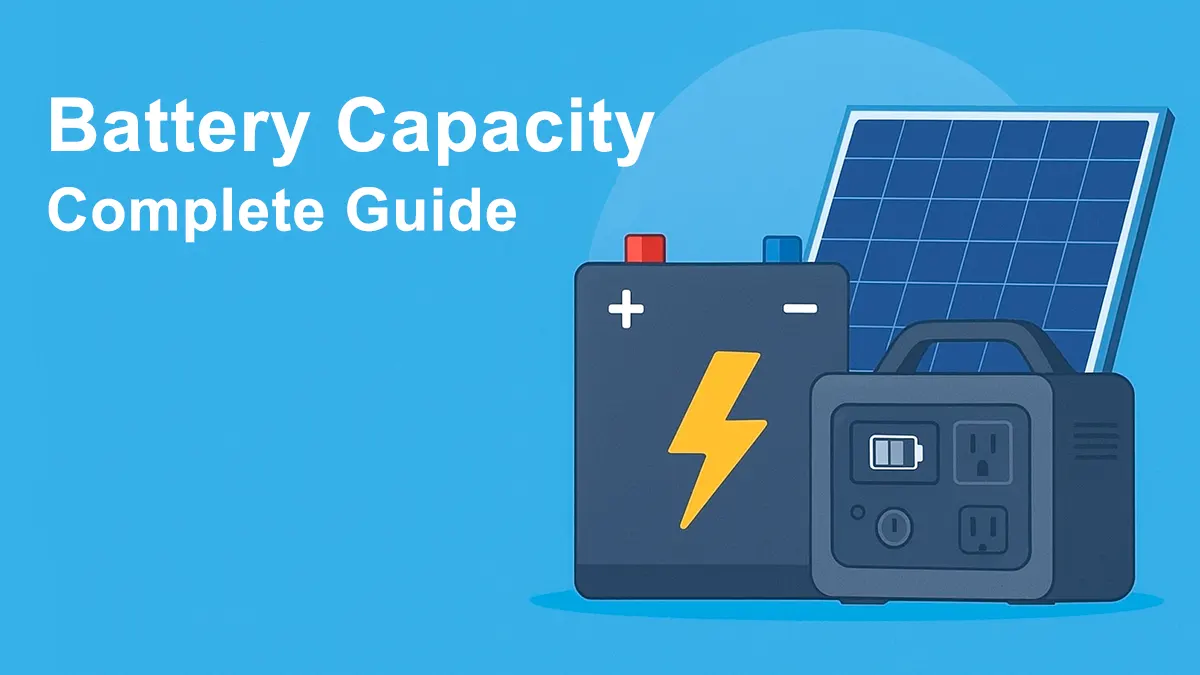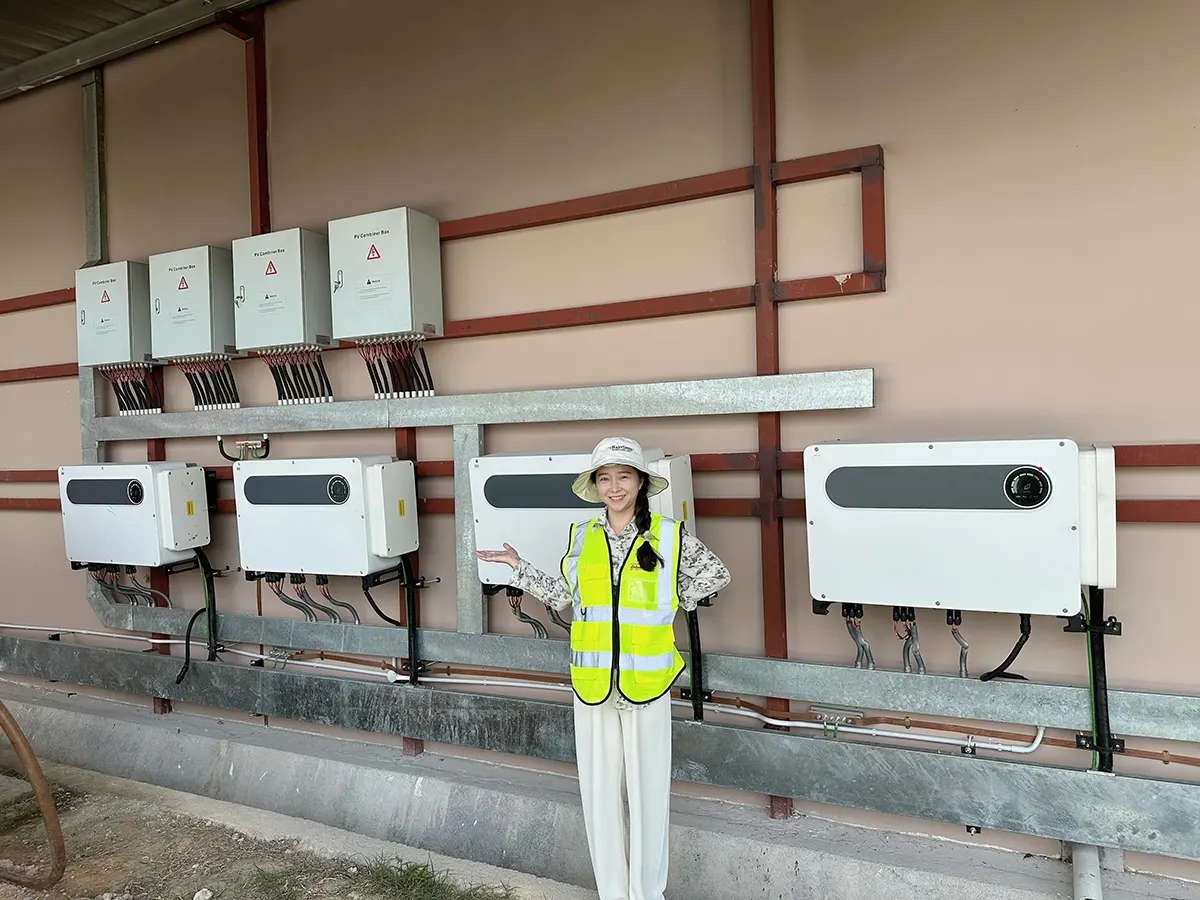Oktober 16, 2025
Energiespeichersystem Kosten pro kWh 2025
Imagine this:
It’s a scorching summer afternoon. The production line of an industrial park is running at full speed when suddenly the grid load spikes and peak electricity rates kick in. The factory must either halt operations or pay a premium for power.
Meanwhile, another facility continues running smoothly—it uses an intelligent Energy Storage System (ESS) that stores power during off-peak hours and releases it during peak demand. It not only saves electricity costs but also keeps critical systems running during outages.
This is the commercial value of energy storage. With the global rise of solar and wind power, Energy Storage Systems (ESS) have evolved from a “future trend” into a present necessity.
What Is an Energy Storage System (ESS)?
An Energiespeichersystem (ESS) stores excess electricity during periods of low demand and releases it when demand peaks. It typically includes battery packs, inverters, thermal management, and intelligent control software.

The dominant technology today is lithium-ion batteries, especially LFP (Lithium Iron Phosphate) chemistry, which accounts for over 90% of global installations.
Average ESS Cost: $150 – $250 per kWh
According to BloombergNEF’s Energy Storage Outlook 2025, global ESS costs average $150–$250 per kWh, depending on system scale and technology type.
That’s an almost 80% drop compared with over $1,000/kWh a decade ago—driven by:
- Falling LFP material prices
- Supply chain scaling
- Government incentives and subsidies
| Application | Avg. Cost (USD/kWh) | Notes |
| Residential ESS | 250–400 | Includes inverter & installation |
| Commercial / Industrial ESS | 180–250 | Lower cost per unit |
| Utility-scale ESS | 130–180 | Economies of scale |
Key Factors Affecting ESS Cost
Battery Chemistry
LFP batteries dominate due to high safety, long lifespan, and the absence of costly metals like cobalt or nickel. Sodium-ion batteries, now in early commercialization, promise even lower raw material costs.
System Scale
Large-scale systems benefit from economies of scale.
In the United States, utility-scale energy storage projects can achieve costs below $150 per kWh, whereas small residential systems typically exceed $300 per kWh. For instance, commercial systems larger than 10 MWh can have a unit cost that is approximately 30% lower than that of small-scale residential installations.
Installation & Balance of System
Beyond the batteries themselves, components such as inverters, fire protection, communication, and cooling systems account for roughly 35–40% of the total cost. Manufacturers with higher levels of system integration can significantly reduce these expenditures through optimized design and streamlined installation processes.
Policy & Market Incentives
Government subsidies and tax incentives directly influence the end-user cost of energy storage systems.
In the United States, the Inflation Reduction Act (IRA) provides federal tax credits for energy storage investments, reducing total system costs by up to 20%. Similarly, the European Union’s REPowerEU initiative promotes large-scale renewable integration through incentives for storage adoption. In China, storage feed-in tariff subsidies and “solar + storage” integration programs further accelerate cost reduction.

Collectively, these policies shorten the payback period of energy storage projects across residential, commercial, and utility sectors.
Is Investing in Energy Storage Worth It?
As energy costs rise and grid volatility increases, both residential and commercial users are turning to energy storage systems as a key solution for energy independence and cost optimization.
For Homeowners: Energy Independence & Long-Term Savings
For households equipped with solar PV systems, the greatest advantage of an energy storage system lies in self-consumption optimization.
By storing excess solar energy during the day and discharging it during the night or at peak hours, homeowners can significantly reduce electricity bills and reliance on the grid, achieving greater energy autonomy.
On average, residential ESS payback periods range from 5–8 years, with positive returns typically achieved around year six, especially under rising electricity prices.
Additionally, home ESS systems provide backup power during outages, increase property value, and support a carbon-neutral lifestyle.
In Mali, Africa, where access to stable electricity remains a major challenge, GODE deployed a complete 6.75 kW PV + 10 kWh off-grid solar storage system for residential use. Even during extended outages or cloudy conditions, the system ensures reliable household power supply.
This installation enabled local families to fully eliminate dependence on diesel generators, achieving genuine clean energy self-sufficiency.
For Industrial & Commercial Users: Peak Shaving and Cost Optimization
For large factories, data centers, and industrial parks—where energy demand is highly concentrated—energy storage systems enable peak shaving and valley filling, charging during low-tariff periods and discharging during expensive peak hours.
The average payback period for commercial ESS projects ranges from 3 to 5 years. These systems not only reduce electricity demand charges but also serve as backup power sources, ensuring continuous operations during outages.
In 2024, GODE successfully deployed a 1.75 MWh commercial energy storage system in Malaysia, featuring four 125 kW high-efficiency inverters and a 1,075 kWh LFP battery system.
The project was grid-connected with the local theme park’s solar PV system, enabling stable energy dispatch and effective peak shaving. It significantly reduced energy consumption costs during peak demand and improved overall energy utilization.
Based on on-site monitoring and tariff modeling, the system’s payback period is approximately 3–4 years, generating over MYR 300,000 in net savings over its lifetime. Furthermore, it offsets about 180 tons of CO₂ emissions annually, achieving both economic and environmental benefits.
How to Further Reduce Energy Storage Costs
- LFP or sodium-ion batteries offer superior safety, long lifespan, and cost efficiency.
- Modular designs simplify installation and maintenance, cutting engineering costs.
- Apply for available tax credits, feed-in tariffs, and green finance programs to lower upfront investment.
- Recycling and reuse can reduce capital expenditure by 10–15%, improving project ROI.
- Trusted and experienced manufacturers help minimize hidden costs in procurement, integration, and service.
Future Trends: Falling Prices & Explosive Market Growth
According to the International Energy Agency (IEA), global cumulative energy storage capacity will reach 1,500 GW by 2030.
As the supply chain matures and recycling infrastructure improves, the average cost of ESS is projected to drop below $100/kWh, making energy storage accessible to households worldwide.
As a global leader in green energy solutions, GODE adheres to its core philosophy of High Safety, High Performance, and High Return, delivering flexible, reliable, and scalable energy systems for both homes and businesses.
With high-density LFP and sodium-ion cells, GODE systems achieve up to 95% energy efficiency, offering modular scalability to the MWh level. Its intelligent BMS ensures maximum safety and extended lifespan.
In terms of cost and return, GODE Energy Storage Systems deliver a total cost that is 10–15% lower than the industry average, while providing 24/7 global technical support and a comprehensive warranty of up to 10 years—ensuring long-term stability and reliability.
Whether you are a business or a homeowner, GODE empowers you to achieve energy independence and cost freedom sooner than ever.
Schlussfolgerung
As of 2025, global energy storage costs continue to decline—driven by advances in battery technology, supportive policies, and industrial scaling.
For both businesses and households, understanding the cost per kWh of energy storage is essential to designing economically viable, future-ready energy solutions.
Aktie




